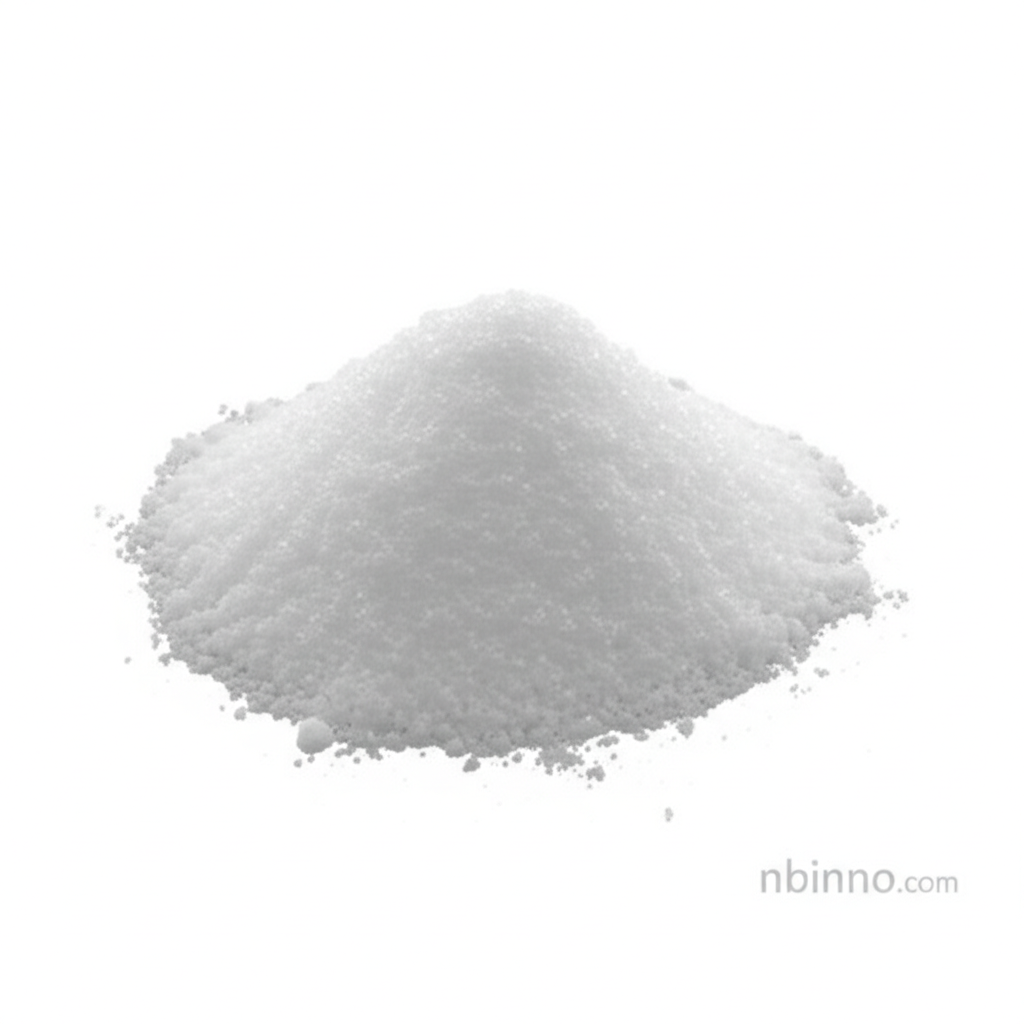Tetrabutylammonium Bromide (CAS 1643-19-2): The Essential Catalyst for Modern Chemistry
Unlock efficient reactions and discover new synthetic pathways with high-purity Tetrabutylammonium Bromide.
Get a Quote & SampleProduct Core Value

Tetrabutylammonium Bromide
Tetrabutylammonium Bromide (TBAB), identified by CAS number 1643-19-2, is a critical quaternary ammonium salt widely recognized for its exceptional performance as a phase-transfer catalyst (PTC) in organic synthesis. Its unique amphiphilic nature allows it to bridge the gap between immiscible phases, significantly enhancing reaction rates and yields. Beyond its role in synthesis, TBAB serves as a valuable ion-pairing reagent in analytical chemistry, a corrosion inhibitor in industrial processes, and a component in advanced materials like lithium battery electrolytes.
- Leverage the power of high-purity Tetrabutylammonium Bromide for your complex organic synthesis projects.
- Explore the diverse Tetrabutylammonium Bromide applications across various industrial sectors, from electroplating to personal care.
- Understand the fundamental CAS 1643-19-2 properties that make TBAB an indispensable chemical reagent for reliable and reproducible results.
- Discover how quaternary ammonium salt uses extend beyond catalysis, impacting material science and analytical techniques.
Key Advantages
Enhanced Reaction Efficiency
As a premier phase transfer catalyst, TBAB significantly boosts reaction speeds and improves yields in multi-phase systems, making your synthetic processes more efficient.
Versatile Chemical Intermediates
TBAB's role as a versatile chemical intermediate supports a broad spectrum of reactions, from alkylation to condensation, proving its value in numerous organic synthesis workflows.
Sustainable Chemical Practices
The inherent properties of TBAB position it as a green chemistry enabler, offering a more environmentally benign approach to chemical transformations compared to traditional solvents and catalysts.
Key Applications
Organic Synthesis
TBAB is extensively used as a phase transfer catalyst in a wide array of organic reactions, facilitating transformations that are difficult to achieve otherwise.
Analytical Chemistry
Its capabilities as an ion-pairing reagent are crucial for improving separation and detection in chromatographic analyses, showcasing its importance in laboratory settings.
Industrial Processes
From metal working and electroplating to its use in battery electrolytes, the industrial chemical applications of TBAB are diverse and impactful.
Surfactant Properties
The amphiphilic nature of TBAB makes it effective as a surfactant in various formulations, contributing to improved wetting and dispersion.
